Navigating the Challenges of Pursuing a Career as a Commercial Pilot
Becoming a commercial airline pilot is undoubtedly a challenging journey, requiring a substantial commitment and dedication over a span of at least 18 months for an integrated course or potentially longer for a modular course.
The primary hurdle that adds to the complexity is the significant cost associated with pilot training. To embark on this career path, aspiring pilots must be prepared to invest between $60,000 to $100,000. This financial commitment, coupled with rigorous study habits, extensive hard work, and unwavering dedication, forms the backbone of the demanding journey toward becoming a pilot.
For those fortunate enough to have access to financial resources or the ability to secure a loan for training, the pathway to pilot training becomes more feasible. However, it is essential to emphasize that success in this field demands an extraordinary amount of effort and perseverance.
The key milestones on this challenging journey include:
- Ground School and ATPL Exams:
- General Navigation
- Performance
- Aircraft General Knowledge
- Principles of Flight
- Communication 1
- Communication 2
- Radio Navigation
- Mass and Balance
- Performance
- Operations
- Flight Planning
- Meteorology (study of the weather)
- Human Performance
- Air Law
- Basic Flying and solo flight training
- Instrument Rating and Multi-Engine Flying
- Completion of MCC/AQC Course
- Medical Examination for Class 1 Medical Certificate
Beyond the arduous training curriculum, aspiring pilots must undergo flight tests at various stages to demonstrate proficiency and meet the requirements of associated pilot certificates. Additionally, obtaining a Class 1 Medical Certificate is mandatory to qualify as a professional pilot.
Securing an Airline Job:
Acquiring a job as an airline pilot is a process that varies in duration. Depending on the aviation industry’s dynamics and the partnership between your pilot school and airlines, the process can range from a swift transition to a more prolonged endeavor. While certain regions, like the U.S., currently face a pilot shortage, new pilots are often required to accumulate 1500 flight hours before being eligible for employment with major airlines.
This means that after completing flight school, pilots may need to engage in flight instruction or work with regional airlines to meet the requisite flight hours.
Becoming a Private Pilot:
In comparison to the rigorous path of an airline pilot, becoming a private pilot is a more accessible endeavor. The process involves fewer flight hours and examinations, making it a feasible starting point for a career in aviation. However, it still demands substantial studying and comes with a notable financial investment.
Aspiring pilots can embark on this journey from a young age, starting as student pilots and obtaining their private pilot certificate (PPL) at 17 years old.
In summary, pilot training is a multifaceted process that demands a profound understanding of theoretical content, rigorous practical training, and significant financial investment. While the challenges are formidable, those with a passion for aviation find the journey immensely rewarding.
























